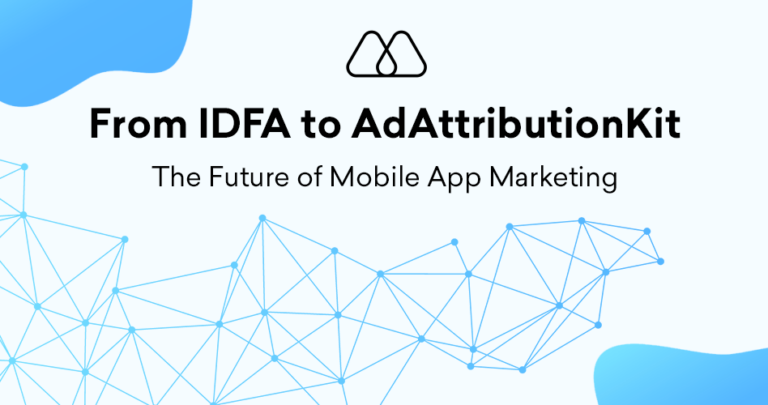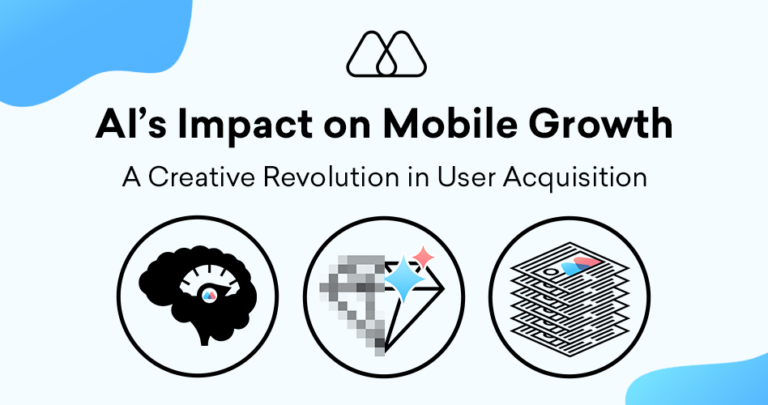The mobile advertising industry thrives on user data. However, growing concerns about user privacy have led to stricter regulations and a call for more privacy-focused solutions. Google’s Privacy Sandbox on Android is introduced as a potential game-changer in this evolving landscape. This article explores the Privacy Sandbox initiative, its core functionalities, and its impact on mobile advertising strategies.
What is the Privacy Sandbox on Android?
The Privacy Sandbox on Android represents Google’s initiative to develop new technologies that balance user privacy with the need for relevant advertising experiences. It aims to achieve this by phasing out third-party cookies, and GAID and exploring alternative solutions that minimize reliance on user identifiers.
Here are some key aspects of the Privacy Sandbox on Android:
- Limited Cross-App Tracking: The Sandbox restricts the ability of apps and ad networks to track users across different apps. This limits the creation of detailed user profiles based on their activity across various platforms.
- Focus on Privacy-Preserving APIs: The initiative proposes new application programming interfaces (APIs) that enable ad personalization and measurement without compromising user privacy. These APIs leverage on-device data processing and aggregated information to deliver relevant advertising experiences.
- Cohort-Based Targeting: This approach involves grouping users with similar characteristics into cohorts. Advertisers can then target these cohorts without directly identifying individual users.
- Privacy-Preserving Attribution: The Sandbox seeks to develop new methods for attributing ad impressions and conversions while safeguarding user privacy. This ensures advertisers can measure campaign effectiveness without compromising user data.
Impact of Privacy Sandbox on Mobile Advertising
The Privacy Sandbox on Android presents both challenges and opportunities for mobile advertising:
- Challenges:
- Limited Targeting Capabilities: Cross-app tracking and user identification restrictions might limit the ability to target hyper-specific user segments.
- Measurement and Attribution: New privacy-preserving methods for attribution and measurement may require campaign tracking and reporting adjustments.
- Transparency and Education: Navigating the evolving landscape and understanding the new APIs might require additional learning and adaptation for advertisers.
- Opportunities:
- Focus on Contextual Targeting: With limitations on user-level targeting, contextual factors like app content and user behavior gain greater importance.
- Creative Refresh and Relevance: The focus shifts towards developing highly relevant and engaging ad creatives that resonate with users within broader audience segments.
- Privacy-Focused Solutions: The Sandbox opens doors for innovation in privacy-preserving ad tech solutions that prioritize user trust and transparency.
Preparing for the Privacy Sandbox
As the Privacy Sandbox rollout continues, here’s how mobile app advertisers can prepare for the changing landscape:
- Embrace Contextual Targeting: Shift your focus towards contextual targeting strategies that leverage relevant app content, user demographics, and in-app behavior.
- Invest in Creative Development: Develop high-quality, engaging ad creatives that resonate with users within broader audience segments defined by the Sandbox.
- Explore Privacy-Preserving Solutions: Stay informed about and explore new privacy-preserving ad tech solutions that emerge within the Sandbox framework.
- Focus on First-Party Data: Leverage first-party data collected with user consent to personalize user experiences and inform campaign strategies.
- Prioritize Transparency and User Trust: Build trust with users by prioritizing transparency in data collection practices and respecting their privacy choices.
5 Key Takeaways from Privacy Sandbox on Android
- Privacy-First Approach: The Sandbox reflects Google’s commitment to a privacy-first approach to mobile advertising.
- Limited Cross-App Tracking: User tracking across different apps will be restricted, impacting hyper-targeted advertising strategies.
- Focus on Privacy-Preserving APIs: New APIs aim to deliver relevant advertising experiences without compromising user privacy.
- Challenges and Opportunities: The Sandbox presents challenges and opportunities for mobile advertising strategies.
- Adaptation is Key: Advertisers must adapt to the evolving landscape by focusing on contextual targeting, creative development, and privacy-preserving solutions.
The Privacy Sandbox on Android signifies a significant shift in the mobile advertising landscape. While it presents challenges, it also opens doors for innovation in privacy-focused solutions. By embracing contextual targeting, prioritizing high-quality creatives, and adapting to the evolving ecosystem, mobile app advertisers can navigate the changing landscape and continue to thrive in the era of user privacy.




